Lords of the Fallen (2023) Review: A Soulslike with a Dualistic Twist Lords of the Fallen (2023) arrives as a bold reimagining of the 2014 original, promising a darker, more intricate Soulslike experience.
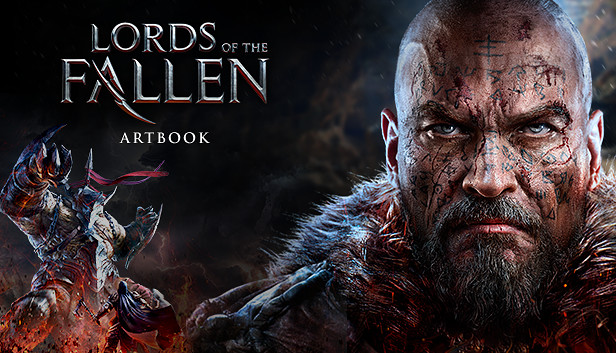
Lords of the Fallen (2023) arrives as a bold reimagining of the 2014 original, promising a darker, more intricate Soulslike experience. Hexworks takes the familiar formula and introduces a unique dual-world mechanic with the Umbral realm, challenging players to navigate two realities simultaneously. But does this innovative approach elevate the genre, or does it stumble under its own ambition? At XenGamer, we pride ourselves on delivering informed and direct assessments. This review dives deep into the gameplay, narrative, visuals, and PC performance of Lords of the Fallen (2023), providing a critical perspective for both casual players and hardcore veterans of the genre to help you decide if you should buy Lords of the Fallen PC.
Gameplay & Mechanics: Soulflay and the Tether of Souls
The combat in Lords of the Fallen feels deliberately weighty, emphasizing calculated aggression and precise dodges. Weapon variety is commendable, allowing for diverse builds from nimble dual-wielding to heavily armored juggernauts. However, the defining feature is undoubtedly the Soulflay mechanic, tied to the Umbral Lamp. This allows players to reach out and manipulate the souls of enemies and objects in the environment.
In combat, Soulflay serves multiple purposes. It can pull enemies closer, disrupting their attacks and creating openings. It can also be used to target specific body parts, staggering opponents or even exposing weak points. Traversal is similarly enhanced, with Soulflay allowing players to latch onto distant soul anchors and swing across gaps or reach otherwise inaccessible areas.
Comparisons to Sekiro: Shadows Die Twice's grappling hook are inevitable. While both mechanics offer enhanced mobility, their execution differs significantly. Sekiro's grappling hook is fast, fluid, and integral to the game's verticality. Soulflay, on the other hand, feels more deliberate and tactical. It requires careful aiming and timing, and its range is more limited. Instead of being a purely offensive tool, Soulflay encourages strategic positioning and environmental awareness. The implementation of the Lords of the Fallen Soulflay mechanic changes how the game is played and impacts the experience.
Does it elevate the combat experience? Mostly, yes. Soulflay adds a layer of strategic depth, forcing players to think creatively about how to approach each encounter. It's satisfying to use, and the visual feedback is impactful. However, the mechanic can occasionally feel clunky, particularly in fast-paced encounters where precise timing is crucial. Furthermore, enemies can and will Soulflay you back. For players that are on the lower end of the skill spectrum, the Soulflay mechanic makes the game harder.
Narrative & Themes: The Umbral Realm as a Mirror to Grief
Beyond the challenging combat, Lords of the Fallen (2023) weaves a dark fantasy narrative centered around the cyclical nature of light and dark, faith and heresy. But the true strength of the narrative lies in its thematic exploration of grief and trauma, embodied by the Umbral realm. The Lords of the Fallen Umbral realm explained, is a parallel dimension teeming with grotesque creatures and decaying landscapes.
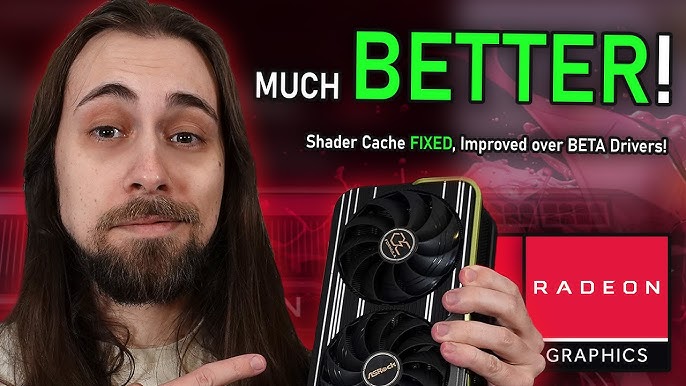
The Axiom realm represents the world of the living, scarred by past conflicts and teetering on the brink of destruction. When the player crosses over to the Umbral realm, the land shifts drastically. Decayed architecture, grotesque monsters, and tortured souls come to light, reflecting the internal suffering of the world and its inhabitants. This dualistic approach immediately makes Lords of the Fallen one of the Lords of the Fallen similar games that delve into the darker side of human existence.
This symbolic representation is reminiscent of Silent Hill 2, where the town of Silent Hill manifests the protagonists' inner demons and unresolved traumas. In Silent Hill 2, the environment distorts and reshapes itself based on James Sunderland's guilt and repressed memories. The monsters he faces are physical manifestations of his psychological torment. Similarly, the Umbral realm in Lords of the Fallen reflects the collective grief and suffering of Mournstead.
The Umbral realm can be seen as a metaphor for coping (or failing to cope) with grief and trauma. Players are forced to confront the grotesque manifestations of sorrow and despair, navigate treacherous landscapes filled with painful memories, and ultimately find a way to overcome their inner demons in order to progress. The effectiveness of this symbolism is debatable. While the visual representation is undeniably striking, the narrative integration can feel heavy-handed at times. The game occasionally relies on exposition dumps to explain the thematic connections, rather than allowing the environment and gameplay to speak for themselves.
Graphics & Visuals: Armor as a Canvas of Lore
Lords of the Fallen (2023) boasts impressive visual fidelity, powered by Unreal Engine 5. The environments are richly detailed, the character models are well-crafted, and the lighting effects are stunning. But it's the armor sets that truly stand out. The Lords of the Fallen 2023 armor sets act as a visual tapestry.
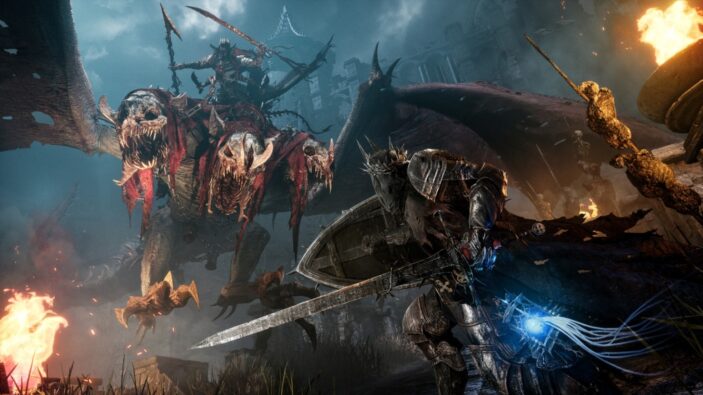
Each armor set tells a story, reflecting the history, culture, and beliefs of the characters who wear them. The Umbral sets, for instance, are adorned with grotesque bone carvings and macabre imagery, hinting at the dark influence of the parallel realm. The Radiant sets, on the other hand, are gleaming and ornate, representing the unwavering faith of the Church of Orian Radiance.
This level of visual storytelling is comparable to Dark Souls III, where armor sets often provide crucial clues about the world's lore and the characters' motivations. Take, for example, the Fallen Knight Set in Dark Souls III. Its tattered appearance and somber colors suggest a disgraced warrior, cast out from their order and left to wander the land as a Hollow. The item description further confirms this, revealing that the wearer was once a proud knight who failed to uphold their oath.
Similarly, in Lords of the Fallen, the Pieta's Set, worn by the character Pieta, the Blessed Blade, tells a tale of devotion and sacrifice. The pristine white armor, adorned with angelic motifs, reflects Pieta's unwavering faith and her role as a protector of the innocent. Examining the design quality and narrative integration of armor to Dark Souls III reveals that Lords of the Fallen provides exceptional attention to detail.
However, while the armor design is impressive, it's worth noting that some sets suffer from clipping issues and awkward proportions. Additionally, the armor customization options are somewhat limited, preventing players from fully expressing their personal style.
PC Performance: A Stuttering Mess?
Unfortunately, Lords of the Fallen (2023) suffers from significant PC performance issues. Shader compilation stuttering is rampant, causing jarring frame drops and inconsistent frame times, which may explain why the reviews are mixed for Lords of the Fallen PC. This issue is particularly noticeable during traversal and combat, severely hindering the gameplay experience.

Our testing on an Nvidia RTX 4070 and an AMD Radeon RX 7900 XT revealed consistent stuttering across all graphics settings, from low to ultra. While lowering the settings can improve average frame rates, it does little to alleviate the stuttering. The frame time graphs clearly illustrate the issue, with large spikes indicating sudden and unpredictable frame drops.
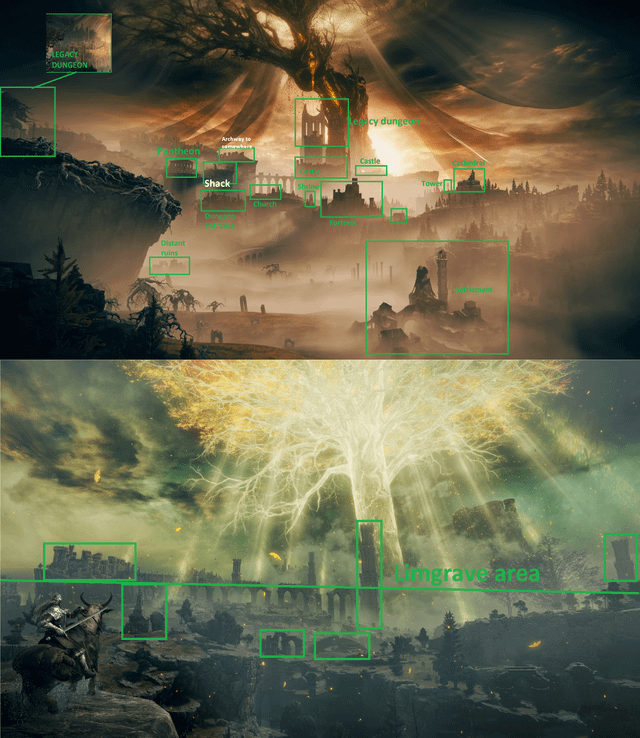
The severity and frequency of the stuttering are comparable to The Last of Us Part 1 (PC), another recent release plagued by performance problems. Both games suffer from similar shader compilation issues, resulting in a choppy and inconsistent gameplay experience.
Is Lords of the Fallen shader compilation stuttering? Yes. Does the performance severely hinder gameplay? Absolutely. While the game is playable, the constant stuttering is distracting and frustrating, especially during challenging encounters. Hexworks needs to prioritize performance optimization to address these issues and provide a smoother experience for PC players. Many in the community have started asking why is Lords of the Fallen stuttering on my PC? It is due to poor optimization, which needs to be addressed.
Overall Experience: A World Intertwined, but Stumbling
Lords of the Fallen (2023) features an interconnected world design that encourages exploration and rewards curiosity. The two worlds, Axiom and Umbral, are seamlessly integrated, allowing players to transition between them at will (or when forced by death). The Lords of the Fallen interconnected world is a major selling point, with many locations being altered to have secret pathways in the Umbral realm.
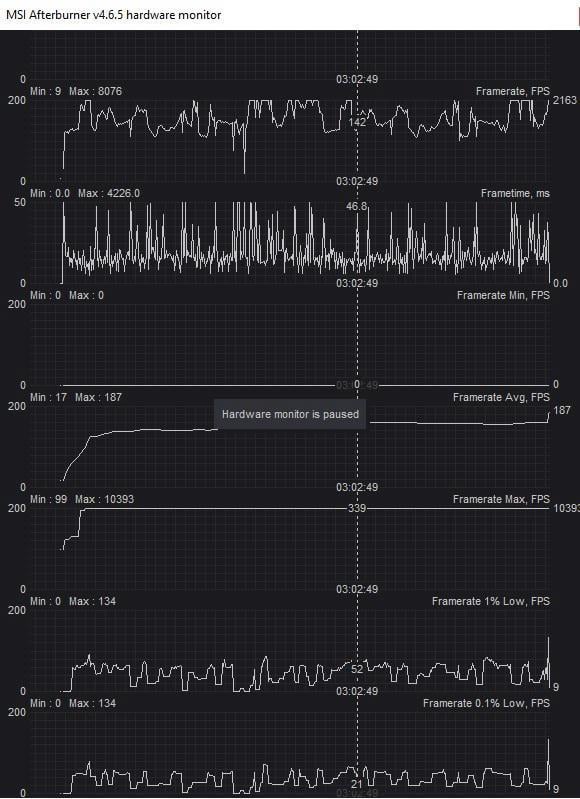
The world design is reminiscent of the original Dark Souls, with a focus on verticality, hidden pathways, and cleverly placed shortcuts. However, Lords of the Fallen doesn't quite reach the same level of interconnectedness as its spiritual predecessor. While there are numerous shortcuts and hidden areas, they often feel less impactful and meaningful than those found in Dark Souls.
The level design choices in Lords of the Fallen are generally solid, with a good balance of open areas and tight corridors. However, some areas can feel confusing and labyrinthine, making it difficult to navigate without relying on online guides. The availability of shortcuts is also inconsistent, with some areas offering multiple routes while others feel overly linear.
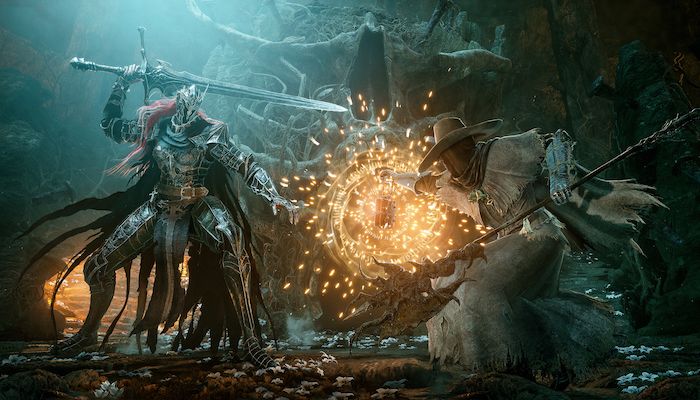
The sense of place is strong, with each area having a distinct visual identity and atmosphere. However, the interconnectedness could have been pushed further, creating a more cohesive and immersive world. As it stands, the world design is a mixed bag, with moments of brilliance overshadowed by occasional frustrations.
Conclusion: A Promising Soulslike Held Back by Performance
Lords of the Fallen (2023) is an ambitious Soulslike that introduces some interesting new mechanics and explores compelling narrative themes. The Soulflay mechanic adds strategic depth to the combat, and the Umbral realm provides a visually striking and thematically rich parallel dimension. The armor design is exceptional, and the interconnected world encourages exploration.
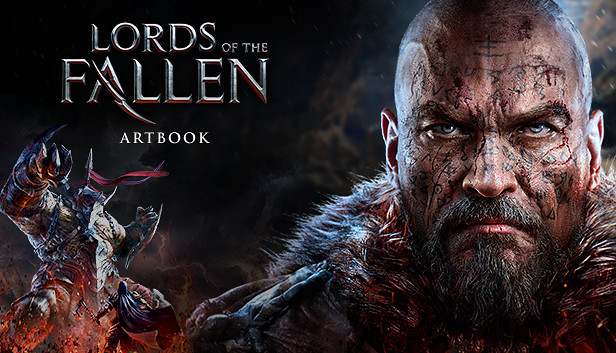
However, the PC performance issues are a major drawback, severely hindering the gameplay experience. The shader compilation stuttering is rampant and frustrating, making it difficult to fully appreciate the game's strengths. If you are a fan of the genre and have a high tolerance for technical issues, Lords of the Fallen (2023) may be worth checking out. However, for those who prioritize smooth performance and polished gameplay, it's best to wait for Hexworks to address the PC performance issues before diving in. Or perhaps look for one of the Lords of the Fallen similar games.
Score: 7/10